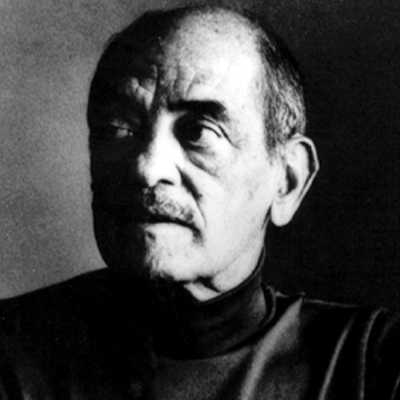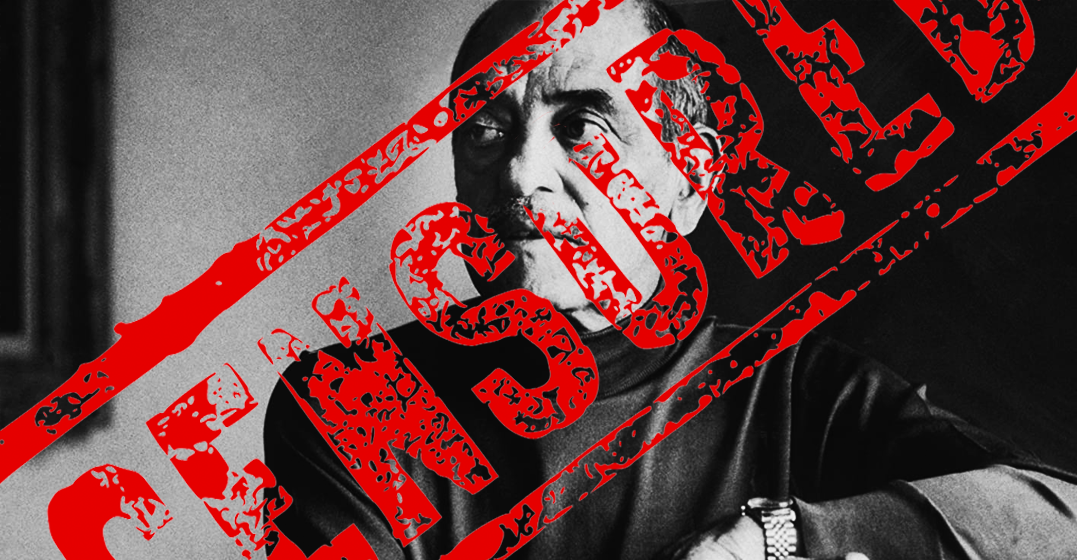SCREENING CENSORSHIP CONFERENCE
On Censorship

“I disapprove of what you say,
but I will defend to the death your right to say it.”
S. G. Tallentyre, ‘The Friends of Voltaire’

“If only the cinema were free,
it would be the eye of freedom.”
Luis Buñuel
This conference sees censorship interventions as moments in the volatile historical relationship between films and the cultures in which they exist. Those moments are characterized by desires to control the output of the film industries.
Instead of taking a normative standpoint, this conference approaches the censorship of cinema as an agent that influences the relationship between film and its publics, whatever their constitution.
We also see film censorship as a broad mechanism that operates on various levels during the production, distribution, exhibition, and consumption of films. Our approach combines historical, sociological, aesthetic, and philosophical methodologies.
In doing so, this conference aims to contribute to debates about the role of film censorship in discourses on the liberty of artistic expression and the moral responsibilities of audiovisual representations.
This conference does not operate with a single definition of film censorship. By and large, we will treat film censorship as the attempt to limit the free expression, production, distribution, screening and reception of films. Because film censorship includes much more than banning, cutting or other imposed delimitations of movies by state institutions, we do not restrict film censorship to authoritarian regimes (e.g. Nazi-Germany, Fascist Italy, the Soviet Union). Censorship is more complex, and occurs in more diverse ways than merely through openly applied restrictions imposed ‘from above’. In most democratic countries, different kinds of film censorship were (are) imposed, that strongly influence what kind of social, moral and other issues were (are) represented. Film censorship is often state-led, as part of discourses on the protection of children, minorities, and other ‘vulnerable’ groups in society. But it is equally prevalent in efforts by private institutions or by the film industry itself (the American Production Code Administration is the best known example). Furthermore, we would also not overlook the concept of censorship in forms of self-regulation, lobbying, pressure from religious groups, partisan institutions, unions, private organizations, or the legal court system.
Wikipedia page on Film Censorship, for further references: https://en.wikipedia.org/wiki/Film_censorship
